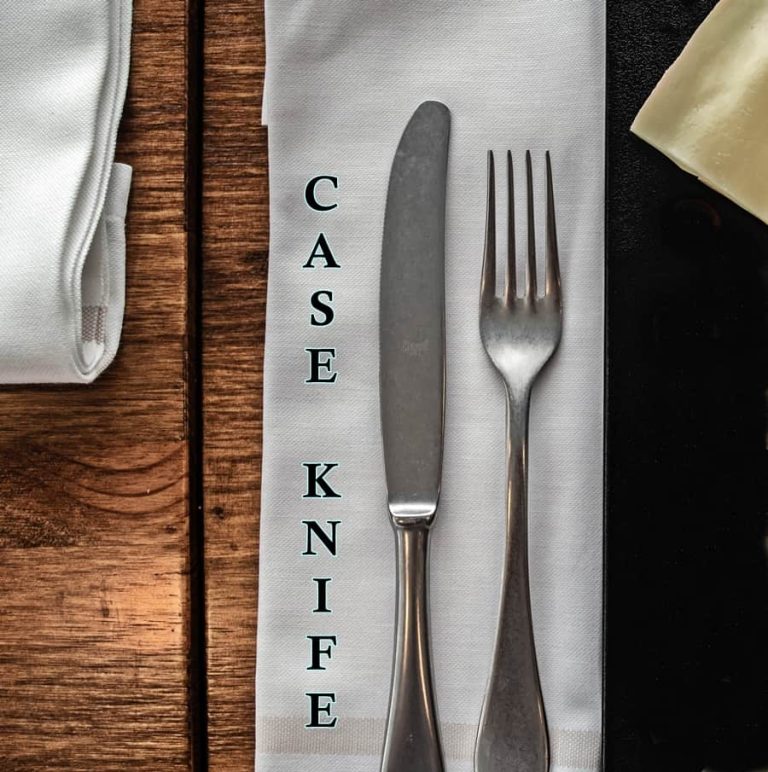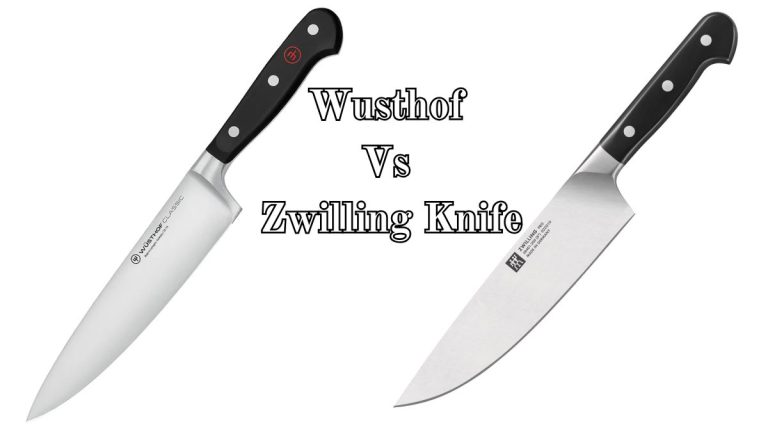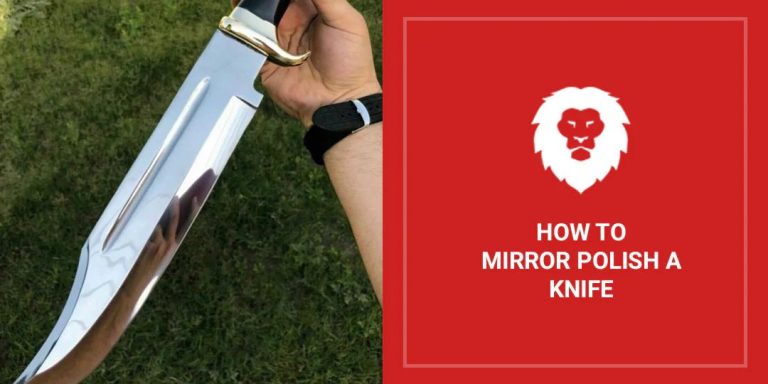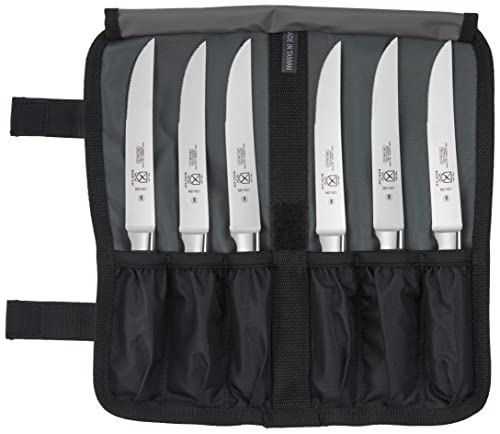Butter Knife Vs Table Knife: Choosing the Right Tool for Your Meal
Butter knives and table knives both serve specific purposes in dining. Understanding their differences can enhance your dining experience.
Butter knives are designed for spreading. They typically have a dull edge and a rounded tip, making them perfect for butter, soft cheeses, and spreads. Table knives, on the other hand, are more versatile. They have a sharper edge and can cut through food like meat and vegetables during a meal.
Knowing when to use each can elevate your table setting and improve your culinary experience. This comparison will help you decide which knife to use in different scenarios, ensuring you choose the right tool for the right task. Let’s explore the key differences and uses of butter knives and table knives.
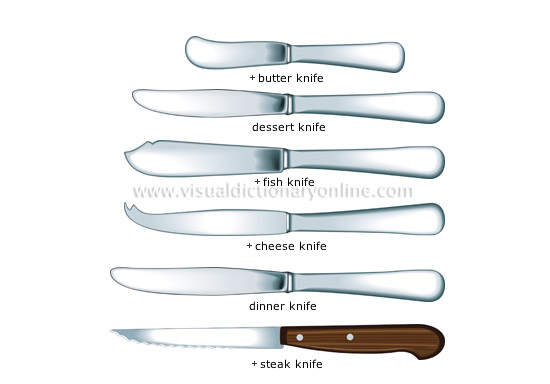
Credit: www.visualdictionaryonline.com
Introduction To Knives
Choosing the right knife for your kitchen tasks is crucial. The right knife makes food preparation easier and more enjoyable. Let’s explore the basics of knives, focusing on butter knives and table knives.
Importance Of Choosing The Right Knife
Using the correct knife can significantly improve your kitchen experience. The right knife provides better control and precision. It also enhances safety, reducing the risk of accidents. Different knives serve different purposes. Understanding their roles helps you make informed decisions.
Common Types Of Knives
Several types of knives are common in kitchens. Each type has a specific use. The chef’s knife is versatile and used for slicing, dicing, and chopping. The paring knife is ideal for peeling and detailed cutting. Bread knives have serrated edges, perfect for slicing bread without crushing it.
Butter knives and table knives serve different purposes. Butter knives have a blunt edge and are used to spread butter or other soft foods. Table knives, often found in cutlery sets, are used for eating meals. They have a sharper edge compared to butter knives.
Butter Knife Basics
Butter knives and table knives serve distinct purposes in the kitchen. Understanding their differences can help you make better choices. This section covers the basics of butter knives. Learn about their design, features, and common uses.
Design And Features
Butter knives have a unique design. They usually have a blunt edge. This prevents accidental cuts. The blade is often rounded. This makes spreading easier. The handle is comfortable to hold. It allows for a firm grip. Many butter knives are made of stainless steel. This material resists rust. Some have decorative handles. These add a touch of elegance.
Common Uses
Butter knives are versatile. They spread butter smoothly. They also work well with soft spreads. Think jams and cream cheese. Use them for frosting cakes. They make spreading easy. Some people use them for cutting soft foods. Soft fruits and cheeses, for example. Butter knives are also handy for serving. They add style to your table setting.
Table Knife Essentials
The table knife is a staple in every kitchen. It’s versatile and essential for everyday dining. Understanding its design and typical uses can help you make the best choice for your needs.
Design And Characteristics
A table knife is designed for general dining purposes. It usually features a straight, serrated or slightly curved blade. The blade’s tip is blunt, making it safe for dining settings. Most table knives are made of stainless steel, which resists rust and is easy to clean. The handle can be made of various materials, including wood, plastic, or metal. Each material offers a different feel and weight.
| Feature | Description |
|---|---|
| Blade Type | Straight, serrated, or slightly curved |
| Tip | Blunt |
| Material | Stainless steel |
| Handle | Wood, plastic, or metal |
Typical Applications
Table knives are used for cutting soft foods. They work well with bread, fruits, and vegetables. They are also used for spreading butter or jam. Their blunt tip makes them safe for all ages. Ideal for casual and formal dining, they enhance the eating experience.
- Cutting soft foods like bread and fruits
- Spreading butter or jam
- Safe for all ages
- Suitable for casual and formal dining
Material Differences
Understanding the material differences between butter knives and table knives can help you choose the right tool for your dining needs. These differences affect their functionality, durability, and appearance. Let’s dive into the details.
Stainless Steel
Stainless steel is a popular material for both butter knives and table knives. It is durable and resistant to rust. This makes it a great choice for everyday use. Stainless steel knives are also easy to clean. They can be put in a dishwasher without any worries. These knives often have a sleek, modern look. They can match various dining sets. Stainless steel is also a safe choice for people with allergies. It does not react with food.
Other Materials
Butter knives and table knives can be made from other materials too. Silver is a classic choice. It adds elegance to any table setting. Yet, silver knives require more care. They need to be polished regularly to prevent tarnishing. Ceramic knives are another option. They are very sharp and lightweight. Ceramic knives do not rust or stain. However, they can chip or break easily. Wood is sometimes used for knife handles. It offers a comfortable grip and a rustic look. But wood can absorb moisture. This can lead to bacteria growth if not cared for properly.
Ergonomics And Handling
Understanding the ergonomics and handling of butter knives and table knives is essential. It greatly affects your dining experience. This section explores the grip, comfort, weight, and balance of each type of knife.
Grip And Comfort
Butter knives often have thicker handles. This design helps provide a better grip. These knives are usually shorter, making them easy to control. The rounded edges add comfort, reducing the risk of slipping.
Table knives have longer handles. They are designed for cutting through different foods. The handles often feature a textured surface. This feature ensures a firm grip. The ergonomic design minimizes hand fatigue.
Weight And Balance
Butter knives are lightweight. This makes them easy to handle. The weight distribution is often towards the handle. It provides a balanced feel in the hand.
Table knives are heavier. This added weight helps with cutting. The balance is more evenly distributed. It ensures precision and control. The heavier blade makes cutting easier and safer.
Safety Considerations
Choosing between a butter knife and a table knife involves understanding their safety considerations. Knowing how to use and maintain these knives can help prevent accidents and ensure they last longer.
Proper Usage
Proper use of these knives is essential for safety. Here’s a quick guide:
- Butter Knife: Designed for spreading. Has a dull edge. Safe for all ages.
- Table Knife: Designed for cutting food. Has a serrated edge. Use with caution.
Always supervise children using table knives. Their sharp edges can cause injuries.
Maintenance Tips
Maintaining your knives ensures safety and longevity. Follow these tips:
- Cleaning: Hand wash knives to prevent damage.
- Drying: Dry immediately to avoid rust.
- Storing: Store knives in a block or drawer organizer.
Regularly check for dullness. Sharpen table knives as needed. A sharp knife is safer than a dull one. Dull knives require more force, increasing the risk of slipping and cutting yourself.
Aesthetic And Style
When it comes to dining, the aesthetic and style of your utensils matter. Butter knives and table knives may seem similar, but their designs can greatly impact the dining experience. The choice of knife can reflect the occasion and add elegance to your table setting.
Design Variations
Butter knives and table knives differ in design. Butter knives have a rounded tip and a shorter blade. This makes them perfect for spreading butter or other soft spreads. On the other hand, table knives have a pointed tip and a longer blade. They are designed to cut through food items during a meal.
Here is a table summarizing the design differences:
| Feature | Butter Knife | Table Knife |
|---|---|---|
| Blade Length | Shorter | Longer |
| Blade Tip | Rounded | Pointed |
| Primary Use | Spreading | Cutting |
Choosing For Formal Settings
In formal settings, the choice of knife can enhance the dining experience. For a sophisticated look, choose knives that match your tableware. Here are some tips:
- Butter knives should be placed on a small butter plate. They add a touch of elegance to the table.
- Table knives should be placed to the right of the dinner plate. Ensure they match the other cutlery.
For formal events, consider investing in high-quality knives. They not only look better but also perform well. This small detail can elevate the entire dining experience.
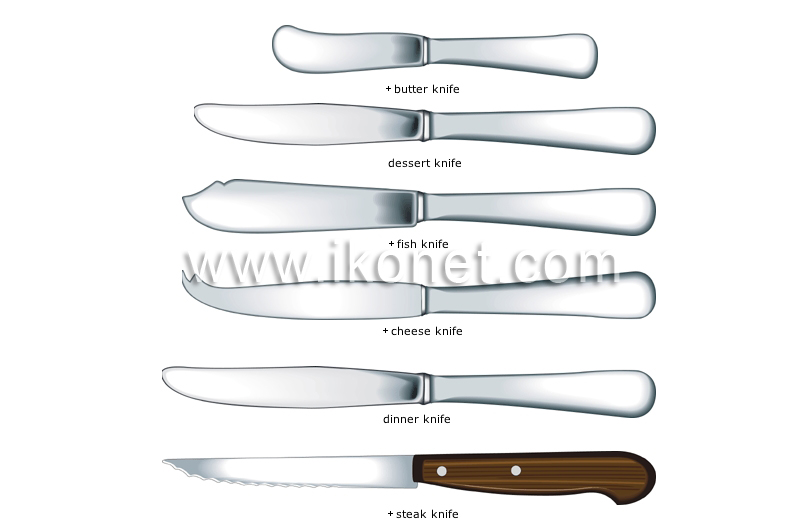
Credit: www.ikonet.com
Making The Right Choice
Choosing between a butter knife and a table knife can be tricky. Each has its own specific use, and understanding these differences can help you make the right decision. This section will guide you in selecting the best knife for your needs.
Assessing Your Needs
Think about what you will use the knife for. Butter knives are designed for spreading. Their dull edges make them perfect for soft foods like butter, jam, or cream cheese. If you often have toast or sandwiches, a butter knife is essential.
Table knives are more versatile. They have a sharper edge and are used for cutting. These knives handle a variety of foods, from meats to vegetables. If you need a knife that can do more, go for a table knife.
Here is a simple comparison to help you decide:
| Butter Knife | Table Knife |
|---|---|
| Dull edge | Sharp edge |
| Good for spreading | Good for cutting |
| Soft foods | Wide range of foods |
Final Thoughts
Choosing the right knife depends on your specific needs. If you often prepare sandwiches or need a knife for spreading, a butter knife is ideal. If you need a knife that can handle multiple tasks, a table knife is a better choice.
Remember, a well-equipped kitchen often has both types of knives. This allows you to be prepared for any meal you want to make.
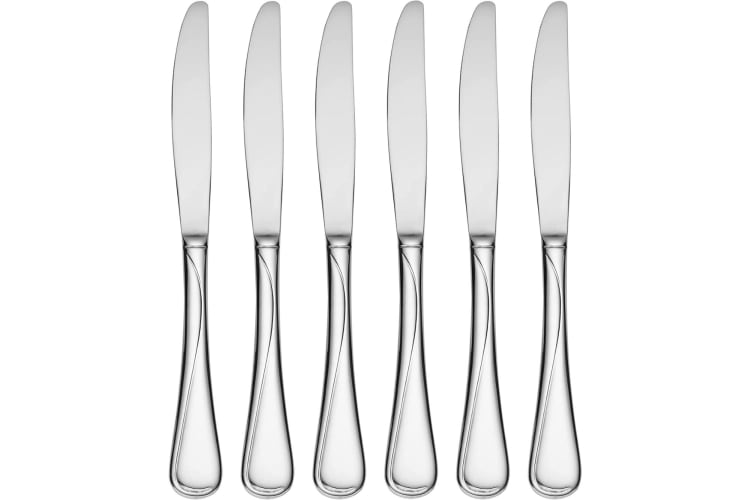
Credit: www.cozymeal.com
Frequently Asked Questions
What Is A Butter Knife Used For?
A butter knife is used for spreading butter or soft spreads on bread. It has a blunt edge to prevent tearing the bread.
Can A Table Knife Cut Food?
Yes, a table knife can cut soft foods. It’s designed with a slightly serrated edge for cutting and spreading.
Difference Between Butter Knife And Table Knife?
A butter knife has a blunt edge for spreading. A table knife has a slightly serrated edge for cutting.
Are Butter Knives Safe For Children?
Yes, butter knives are generally safe for children. They have a blunt edge to prevent injuries.
Conclusion
Choosing between a butter knife and a table knife depends on your needs. Butter knives spread smoothly, ideal for soft spreads. Table knives cut better, perfect for harder foods. Both have unique uses in the kitchen. Keep both handy for versatility.
Now, you can enjoy a better dining experience. Happy eating!


